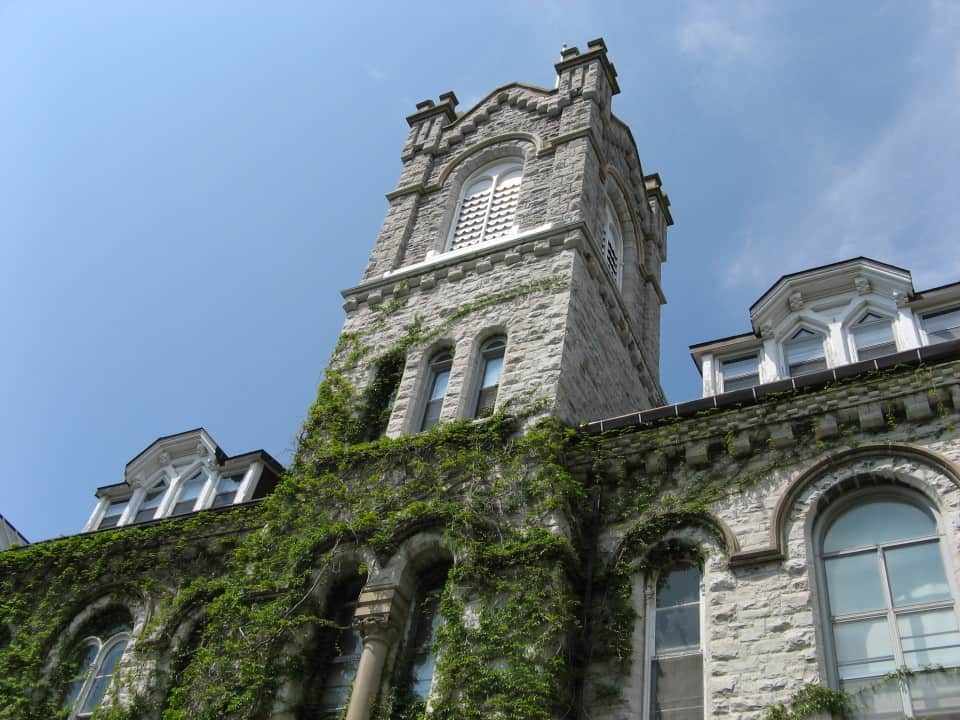The Nobel Prize committee has awarded the 2015 Nobel Prize in Physics to Arthur B. McDonald and Takaaki Kajita for establishing that neutrinos — a type of subatomic particle — possess mass.
McDonald has been the director of the Ontario’s Sudbury Neutrino Lab (SNOLAB) since 1989, and is also a professor emeritus at Queen’s University in Kingston, Ontario. Kajita is the director of the Institute for Cosmic Ray Research and a professor at the University of Tokyo. They will split the eight million Swedish kronor (almost $1.3 million CAD) prize.
Working on opposite sides of the world, the two physicists both found that neutrinos are able to oscillate from one state to another, which is a distinctive characteristic of particles with mass. So far, the researchers have found three different states: electron-type, muon-type and tau-type.
“This discovery requires additions to the Standard Model of Elementary Particles, in which neutrinos were postulated to have zero mass,” McDonald wrote to The Varsity by email. “The new properties of neutrinos must also be incorporated into cosmology, or how the Universe evolves, as well as into the physics of stars and supernovae.”
In 1998, Kajita published his results from the Super-Kamiokande detector, which is buried 1 kilometre under Mount Kamioka in Japan, demonstrating that the state of cosmic ray neutrinos shifted as they entered the atmosphere.
In complementary fashion, McDonald and his team of researchers were investigating neutrinos emanating from the sun using SNOLAB’s Neutrino detector, which is buried in an old nickel mine nearly two kilometres below ground. They also found that solar neutrinos shifted states as the entered the Earth’s atmosphere, confirming what Kajita’s results had postulated.
On the importance of SNOLAB’s location to solar neutrino detection, McDonald says, “At two km underground, it was the deepest site in the world available for the SNO experiment and it shielded out cosmic rays to the degree that they did not interfere at all with the detection of neutrinos from the sun.”
Neutrinos, Italian for “little neutral ones”, are universally plentiful, as they are constantly created by radioactive decay, supernovae, and solar nuclear fusion. Due to this abundance, it was puzzling to physicists that between one half and a third of the theoretical neutrino bombardment was reaching Earth. Kajita and McDonald’s observations that neutrino states oscillate as they enter Earth’s atmosphere shows that the missing neutrinos are there, just in a different state.
In their analysis of solar neutrinos, SNOLAB was also able to investigate and confirm various nuclear processes in the Sun’s core, which could be practically applied to the development of nuclear fusion and clean energy on Earth.
While the discovery of neutrino mass has been a triumph, McDonald says that there are many questions left unanswered including, he said, “attempts to determine the mass ordering of the three types, the absolute mass of all the neutrinos, asymmetries for neutrinos that can provide information related to how the anti-matter decayed away after the Big Bang, leaving a matter-dominated Universe as well as more detailed studies of solar models to refine models further.”


